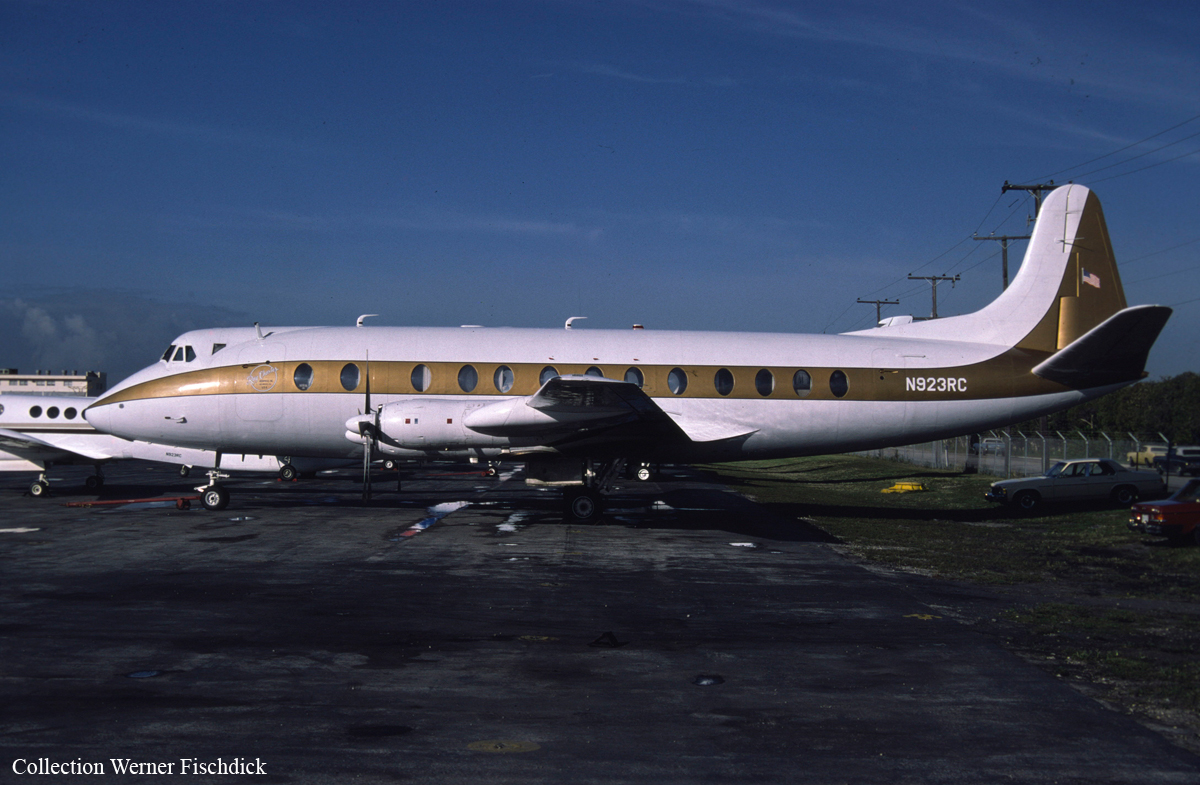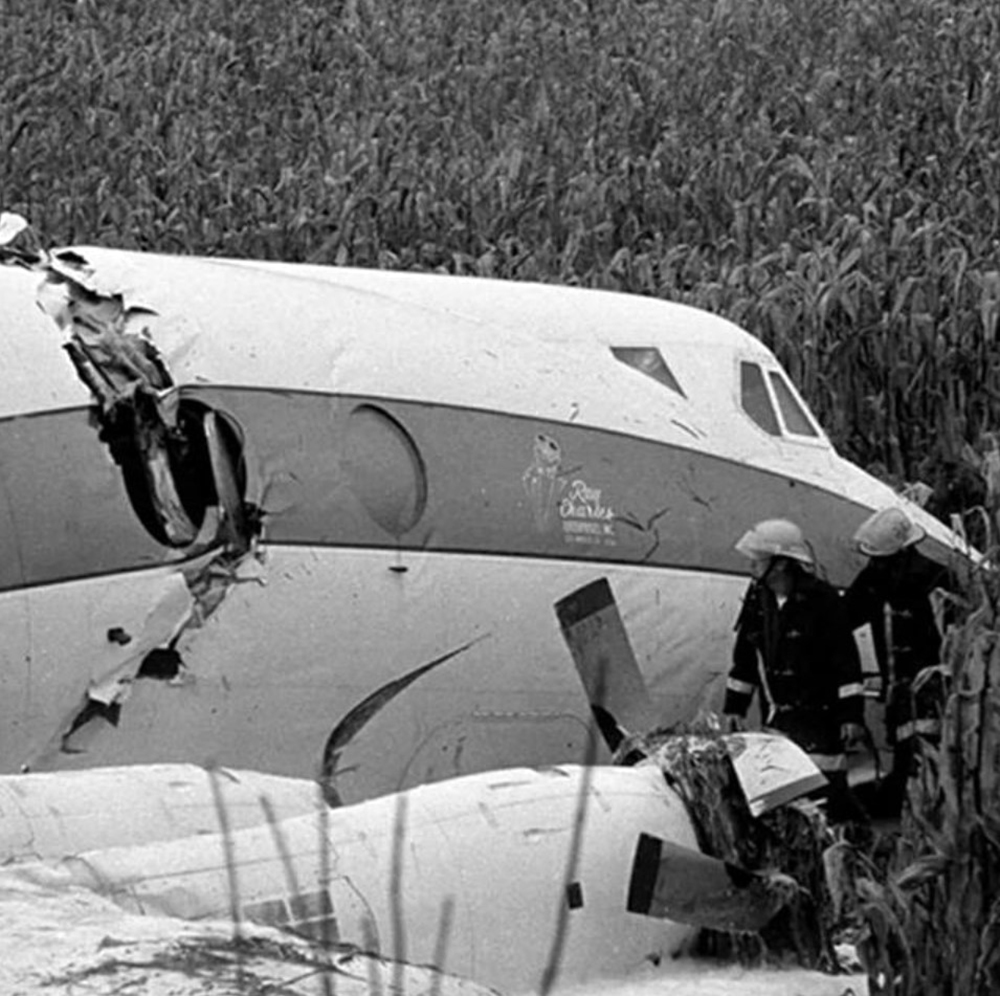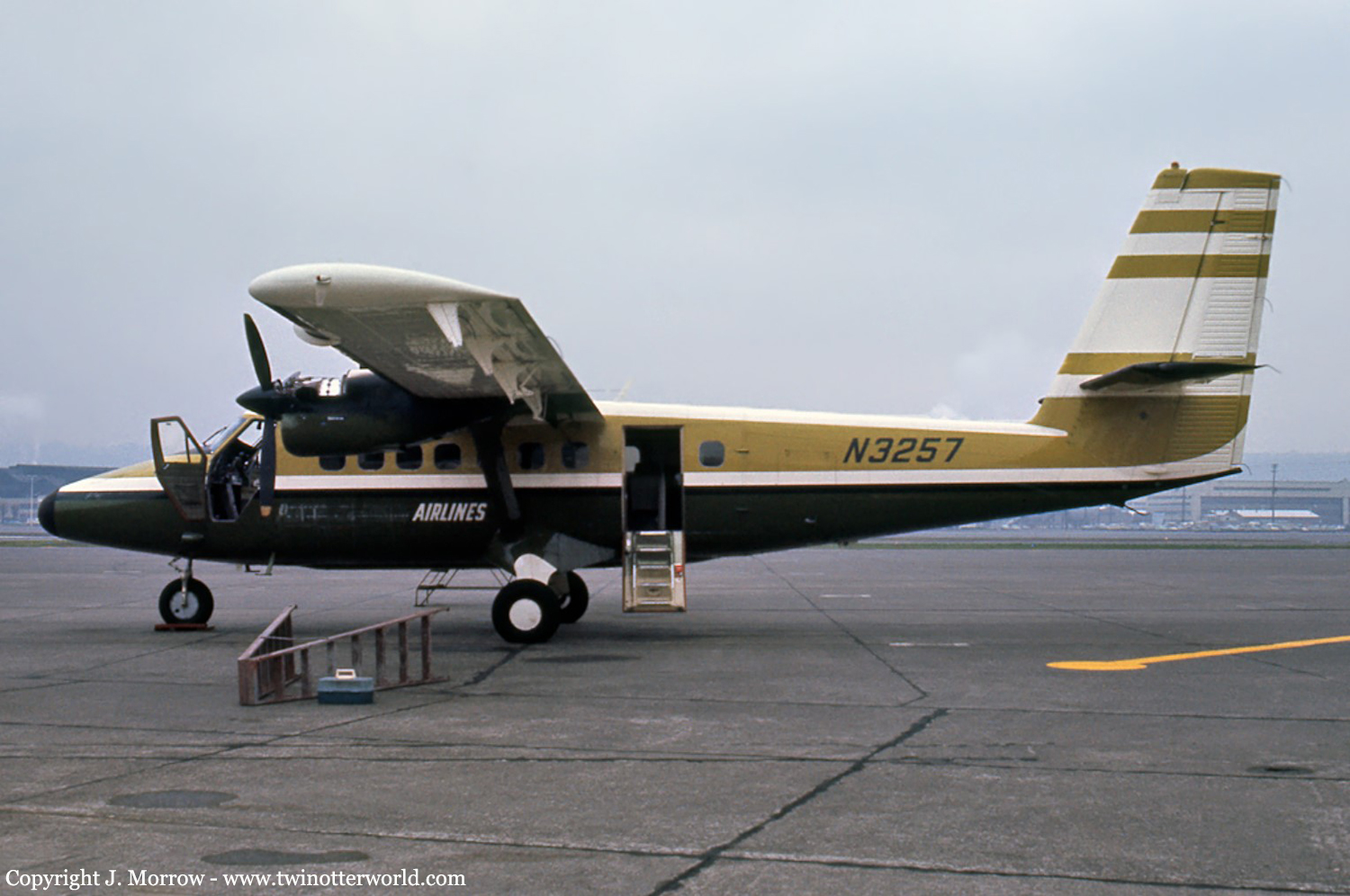Crash of a BAe 125-731 in Sparta
Date & Time:
Nov 7, 1985 at 0735 LT
Registration:
N100HF
Survivors:
Yes
Schedule:
Rocky Mount - Sparta
MSN:
25183
YOM:
1969
Crew on board:
2
Crew fatalities:
Pax on board:
3
Pax fatalities:
Other fatalities:
Total fatalities:
0
Captain / Total hours on type:
1802.00
Aircraft flight hours:
8461
Circumstances:
Ten minutes prior to landing heavy rain fell on airport. Aircraft made normal touchdown, spoilers and lift dump activated. Pilot-in-command delayed brake application as usual and did not get thrust levers in idle. After aircraft passed mid-field taxiway pic reported brakes became ineffective. Aircraft hydroplaned on water-covered runway and overran departure end, down and embankment, and hit a ditch. Runway had an off center crown, grass was about two feet tall at runway edge, and a dam had formed from previously cut grass which prevented water drainage. Airport manager said he was not aware water would stand on runway.
Probable cause:
Occurrence #1: overrun
Phase of operation: landing - roll
Findings
1. Weather condition - rain
2. (c) airport facilities, runway/landing area condition - foreign substance covered
3. (c) information - not identified - airport personnel
4. Facility inadequate - airport personnel
5. (c) unsafe/hazardous condition warning - not issued - airport personnel
6. (c) terrain condition - wet
7. (c) runway maintenance - inadequate - airport personnel
8. (c) aircraft performance, hydroplaning condition - water
9. (f) landing gear, tire - pressure too low
10. (c) brakes (normal) - delayed - pilot in command
----------
Occurrence #2: on ground/water encounter with terrain/water
Phase of operation: landing - roll
Findings
11. Terrain condition - ditch
Phase of operation: landing - roll
Findings
1. Weather condition - rain
2. (c) airport facilities, runway/landing area condition - foreign substance covered
3. (c) information - not identified - airport personnel
4. Facility inadequate - airport personnel
5. (c) unsafe/hazardous condition warning - not issued - airport personnel
6. (c) terrain condition - wet
7. (c) runway maintenance - inadequate - airport personnel
8. (c) aircraft performance, hydroplaning condition - water
9. (f) landing gear, tire - pressure too low
10. (c) brakes (normal) - delayed - pilot in command
----------
Occurrence #2: on ground/water encounter with terrain/water
Phase of operation: landing - roll
Findings
11. Terrain condition - ditch
Final Report:











